A pack of 7 posters covering punctuation marks for the early years.
These educational posters include the following punctuation marks:
- Capital Letter
- Full Stop
- Question Marks
- Exclamation Marks
- Commas
- Quotation Marks
- Apostrophes
Other resources you may like:
[resource:16968] [resource:17582] [resource:13417]


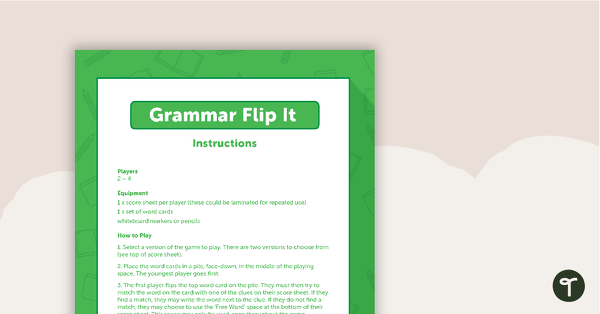
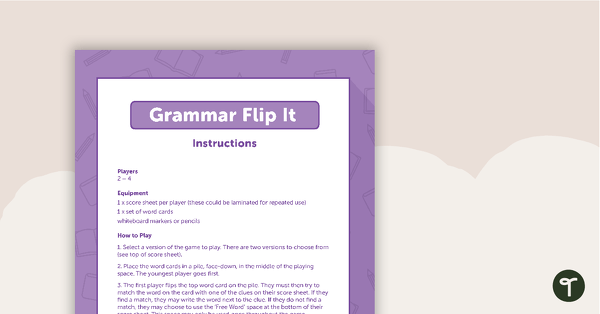


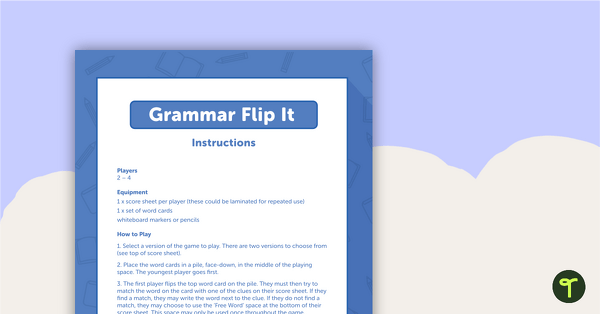


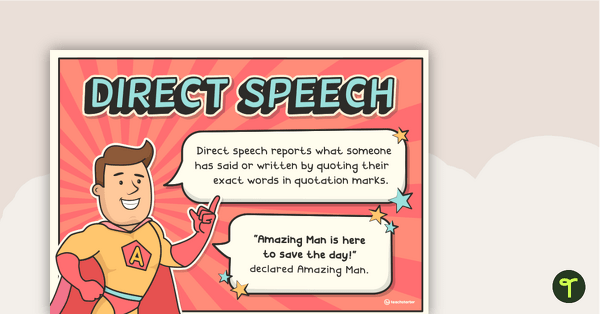
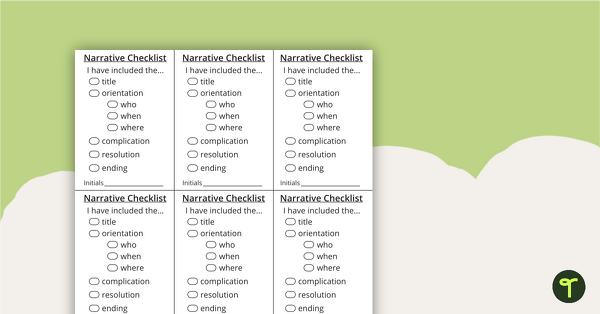

Thanks for such a quick response! Claire
Is it possible to have another version with full stops instead of periods?
Hi Claire, Thank you for your comment. I have just updated your default language to Australian English. Please try refreshing this page and downloading the resource again now. You should see 'full stops' instead of 'periods'. Please let me know if you have any further questions. As always, I'm happy to help! Kind regards, Scott